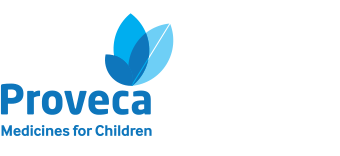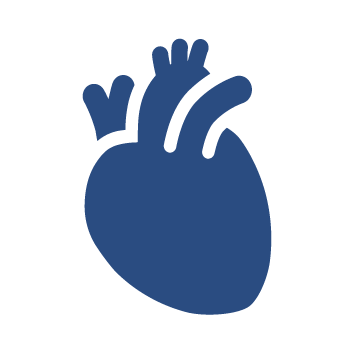Cardiology refers to a therapeutic area of disorders linked with the heart and the cardiovascular system.
At Proveca, we are working to improve the lives of children impacted by conditions of the heart/cardiovascular system, including heart failure.
The cardiovascular system experiences significant transformations from fetal development through neonatal life, infancy, and early childhood. The cardiovascular physiology in young children, particularly in neonates and infants, differs from that observed in older children and adults.1
Heart Failure
Heart failure occurs when the heart can no longer meet the metabolic demands of the body. The underlying cause of heart failure in children differs substantially from in adults. Causes in children may include congenital (from birth) heart disease, cardiomyopathy (heart muscle disease), arrhythmias (abnormal heart rhythm) and infections.2,3
What is the prevalence of heart failure in children?
Data reporting the incidence of heart failure in children is scarce and varies between countries, but estimates are in the range of 0.87 to 3 children per 100,000 population in Europe.2
How is management & treatment of child heart failure administered?
Medical treatment focuses on improving a child’s symptoms and quality of life, whilst also improving the underlying condition. However, relatively few clinical trials have been conducted in children to establish paediatric specific data for heart failure treatments in children.4 Of note, the majority of medicines used to treat adult patients with heart failure have not received regulatory approval for paediatric use and around 80% of these children receive off-label medications.4 Off-label use of adult medicines is currently common practice in paediatric cardiac care.3 Proveca aims to change this practice through the development and licensing of medicines, specifically made for children.
References:
- Saikia D, et al. Indian Journal of Anaesthesia 2019; 63(9):690-697.
- Shaddy RE, et al. Pediatr Cardiol. 2018;39:415-436.
- Back J, et al. Health Science Reports 2021;4 (2): e288
- Recla S, et al. Transl Pediatr. 2019;8:127-132.

